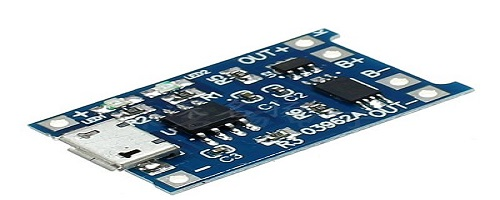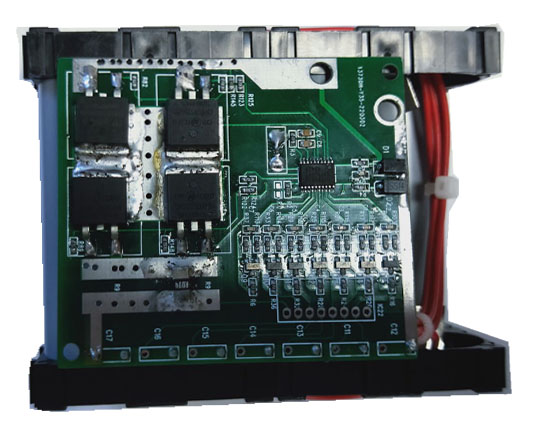Consulting phone:
135-3037-2041
(Mr.Wang)
What is the role of ion battery protection board balance function?
The commonly used equalization charging techniques for lithium-ion capacitor protection boards include constant shunt resistance equalization charging, on/off shunt resistance equalization charging, average battery voltage equalization charging, switch capacitor equalization charging, step-down converter equalization charging, inductor equalization charging, etc. When charging lithium-ion capacitors in series, it is necessary to ensure that each battery is evenly charged, otherwise the performance and lifespan of the entire battery group will be affected during use.

It is necessary to adopt a balanced situation: in the case of battery production, the storage time is longer because different static power protection boards and various capacitor self discharge rates form the entire bundle, and the battery voltage has a significant pressure difference, but with the same guarantee ability, the function of balancing the voltage of the battery pack under balanced conditions can achieve the effect of fully charged and fully discharged capacitor capacity, exerting a huge impact on the capacitor.
In the case where the production and storage time of the capacitor bank is relatively long, due to the different static power consumption of each circuit of the protection board and the different self discharge rates of each battery cell, the voltage of each series of capacitors in the entire set of capacitors is inconsistent, resulting in obvious voltage differences. However, while ensuring consistent capacity, balancing has the function of balancing the voltage of the battery bank, which can achieve the full charge and full discharge of the capacitor bank capacity, and enable the capacitor bank to play a great role. There is still available capacity, but due to the imbalance between capacitors and the safety voltage limit set to protect the battery, the battery system cannot continue to perform as expected. In addition, the service life of the battery in the vehicle is shorter than that of the vehicle itself. Even if the vehicle has not reached the end of its lifespan, the battery needs to be replaced to meet the power performance requirements. However, the cost of replacing batteries is quite high, which greatly restricts the development of electric vehicles.
Balance does not work: Many people believe that batteries work in the middle and later stages of using balance. The actual battery pack used in the middle and later stages has poor capacity due to different battery capacity losses. The balance protection board cannot compensate for the battery capacity. The voltage of each string of battery packs on the surface is consistent, but due to inconsistent capacity, the lower is often the single series discharge protection and overcharging protection of batteries with charging and discharging capabilities, So the capacity of the battery is in a single string of low capacity batteries.
The situation where balance does not work: Many people believe that battery packs have a function of balance in the middle and later stages of use. In fact, due to the different capacity losses of each battery cell in the middle and later stages of use, a capacity difference cannot be compensated for by the balance of the protective plate. On the surface, the voltage of each string of battery packs is consistent, but due to the inconsistency of capacity, During charging and discharging, it is often the case that single series cells with low capacity are used for over discharge protection and over charge protection. Therefore, the capacity of a battery pack is reflected by single series cells with low capacity.
Passive balancing generally discharges batteries with higher voltage through resistance discharge, releasing energy in the form of heat to gain more charging time for other batteries. In this way, the power of the entire system is constrained by the battery with the smallest capacity. During the charging process, lithium batteries generally have a charging upper limit protection voltage value. When a series of batteries reach this voltage value, the lithium battery protection board will cut off the charging circuit and stop charging. If the voltage during charging exceeds this value, commonly known as overcharging, the lithium battery may burn or explode.
